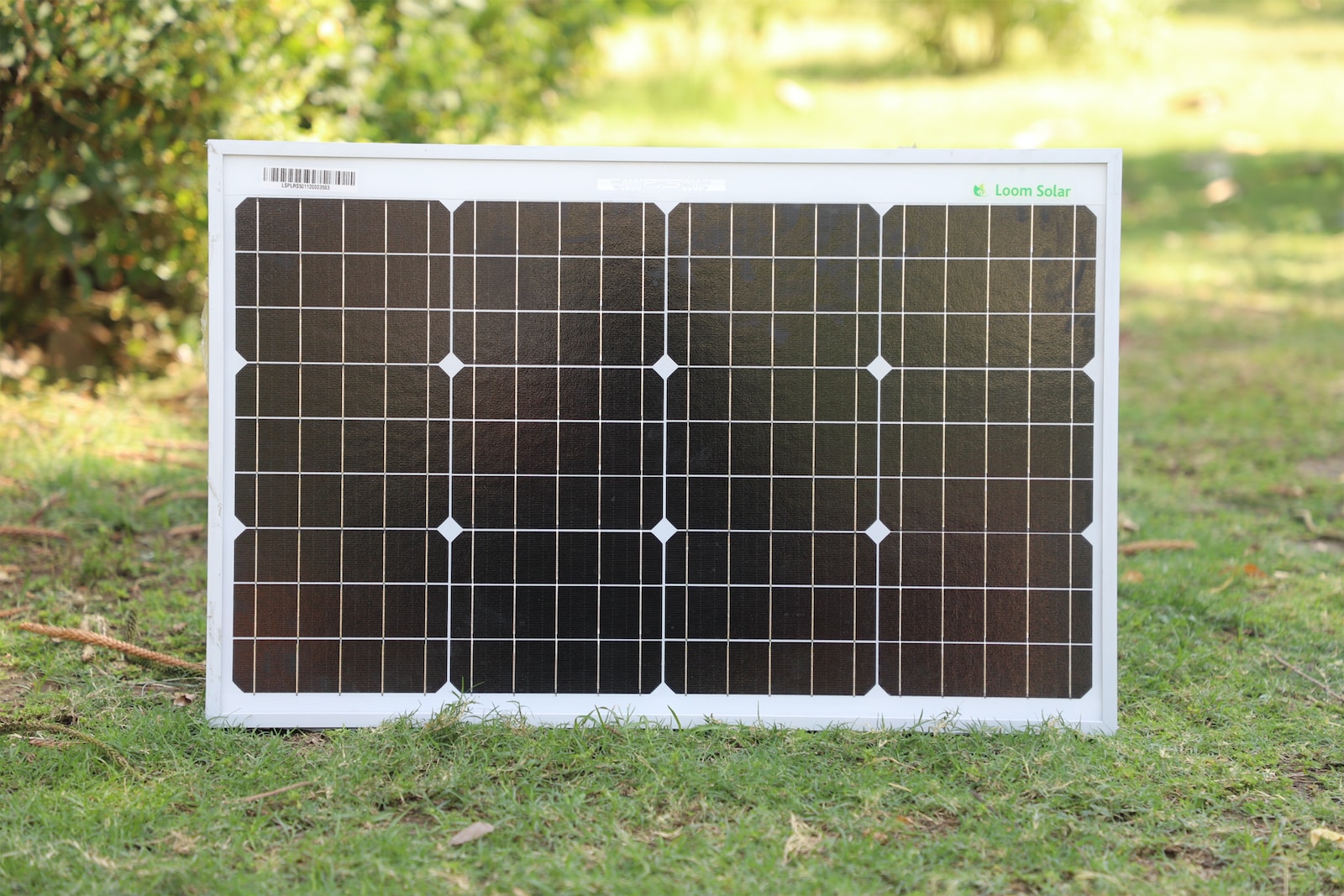Key Takeaway: The charging capacity of a battery using a 50-watt solar panel on a sunny day depends on various factors such as battery capacity, charging efficiency, and environmental conditions. While it’s challenging to provide an exact number, a general estimation can be made using the formula: Battery Capacity (Ah) = Solar Panel Wattage (W) x Charging Hours x Charging Efficiency.
Are you curious about solar power and how it can be used to charge batteries? Whether you’re an enthusiast or simply want to understand the relationship between solar panels and battery charging, this article will shed light on the topic. We’ll explore the charging capacity of a battery using a 50-watt solar panel on a sunny day.
Solar Panels and Their Function
To start, let’s briefly understand how solar panels work and their purpose in generating electricity. Solar panels consist of photovoltaic (PV) cells that convert sunlight into electricity. When sunlight hits the PV cells, it excites the electrons, creating a flow of electricity. This direct current (DC) electricity is then converted into alternating current (AC) using an inverter, making it usable for powering electrical devices or charging batteries.
Wattage and Its Relevance
Now, let’s dive into the concept of wattage and its relevance in solar panels. Wattage refers to the power output of a solar panel, indicating how much electricity it can generate. A 50-watt solar panel, for instance, can produce up to 50 watts of power under ideal conditions. The wattage of a solar panel determines its capacity to generate electricity, which directly impacts the charging capacity of batteries.
Battery Capacity and Charging
Battery capacity plays a crucial role in determining how much charge a battery can hold. It is typically measured in ampere-hours (Ah) and indicates the amount of charge a battery can deliver over a specific period. When it comes to charging batteries using a solar panel, the battery capacity influences how much charge it can store.
It’s important to note that the charging process is not 100% efficient. Some energy is lost during conversion and charging, reducing the overall efficiency. Additionally, environmental conditions such as temperature and shading can also affect the charging efficiency.
Sunny Day Conditions
To achieve optimal charging capacity, solar panels require direct sunlight. A sunny day provides the ideal conditions for solar panels to generate electricity efficiently. On a sunny day, the solar panel receives abundant sunlight, maximizing its output and charging potential.
Estimating Charging Capacity
Now, let’s get to the heart of the matter: estimating the charging capacity of a battery using a 50-watt solar panel on a sunny day. While it’s challenging to provide an exact number due to the various factors involved, we can use a general estimation formula to get a rough idea:
Battery Capacity (Ah) = Solar Panel Wattage (W) x Charging Hours x Charging Efficiency
Let’s break down each component of the formula:
- Solar Panel Wattage (W): In this case, we have a 50-watt solar panel. This value represents the power output of the solar panel.
- Charging Hours: Charging hours refer to the number of hours the solar panel receives direct sunlight for charging the battery. It’s important to consider the duration of direct sunlight available in your location during a sunny day.
- Charging Efficiency: Charging efficiency accounts for the energy losses during the charging process. It’s typically expressed as a percentage, with higher percentages indicating greater efficiency. The average charging efficiency for solar panels lies between 70% to 90%.
By multiplying these three factors, we can estimate the battery capacity that can be fully charged on a sunny day. However, keep in mind that this is a rough estimation, and actual results may vary depending on specific conditions and the battery’s characteristics.
Frequently Asked Questions
Q: Can a 50-watt solar panel charge multiple batteries?
A: Yes, a 50-watt solar panel can charge multiple batteries simultaneously. However, it’s important to consider the total charging capacity required by all the batteries to ensure optimal charging.
Q: Can I charge a battery with a higher capacity than the solar panel’s wattage?
A: Yes, you can charge a battery with a higher capacity using a 50-watt solar panel. However, it may take longer to fully charge the battery, as the solar panel’s wattage determines the charging speed.
Q: Are there any limitations to estimating battery capacity using this formula?
A: Yes, the formula provides a general estimation and may not account for specific factors such as battery degradation over time, temperature fluctuations, or shading. Additionally, charging efficiency can vary depending on the quality of the solar panel and charging controller.
Conclusion
While it’s challenging to provide an exact capacity, estimating the charging capacity of a battery using a 50-watt solar panel on a sunny day is possible. By considering factors such as solar panel wattage, charging hours, and charging efficiency, a rough estimation can be made. However, it’s important to remember that this estimation serves as a guideline and actual results may vary based on specific conditions and battery characteristics. So, if you’re planning to harness solar power and charge your batteries, keep these factors in mind and enjoy the benefits of renewable energy!
References:



